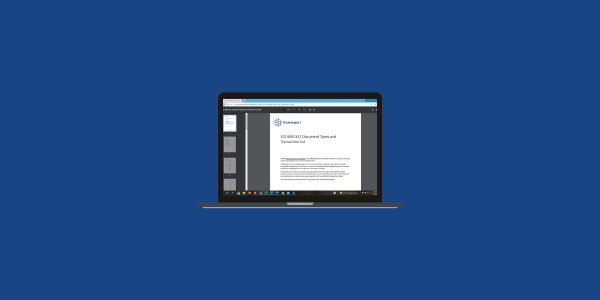- Mismatch in Control Numbers
- Violates Character Length Requirements
- Incorrect Acknowledgement Type
- Missing Mandatory Data
- Contains Invalid Data
Your reconciliation process should be checking for Rejections, at a minimum, but also for Error and Partially Accepted states. The states may reflect a change in standards or in your partner’s requirements that you haven’t been made aware of. They can also mean that you have provided incomplete or incorrect data. Ignoring the Error and Rejected statuses may be costly to your company, as those EDI transactions may not be fully processed by your partner leaving you with unpaid invoices and a growing number of aged accounts receivable accounts.

















